BEFORE 1492
Indigenous cultures in Colombia developed the use of gold. Their pieces were exchanged throughout the continent. Thanks to this tradition, the hidden city of “El Dorado” made completely out of gold, comes to life.
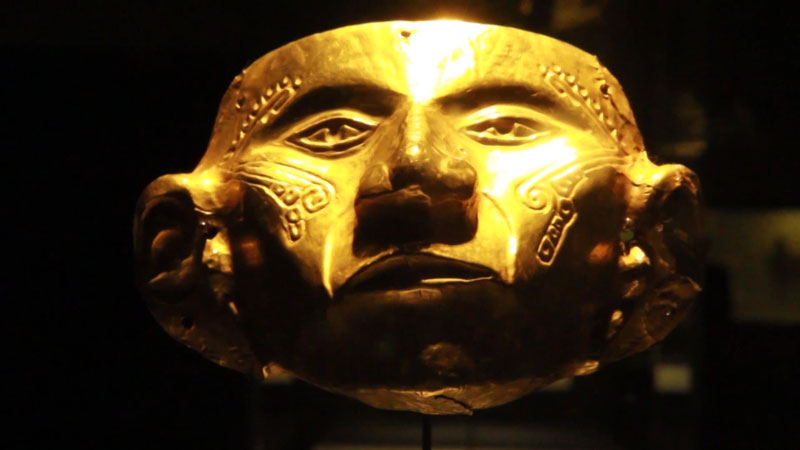
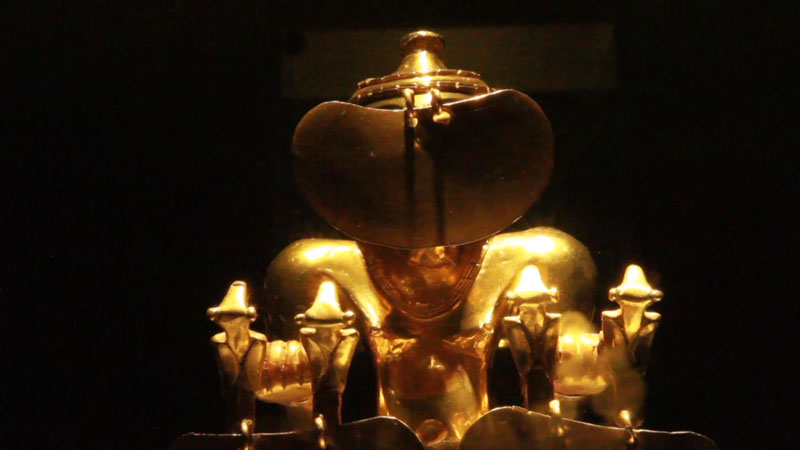
1535
Gonzalo Jiménez de Quesada arrived at the highland controlled by the Muiscas with 166 men out of the 900 who began the expedition. Their goal was to find El Dorado.
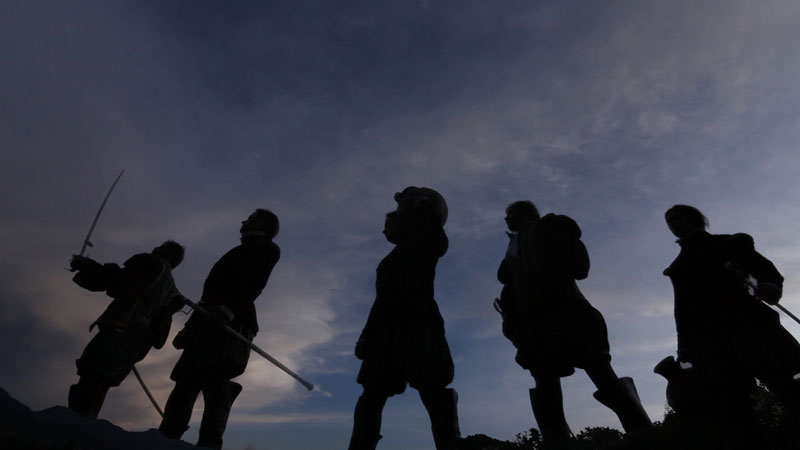
1540
By recognizing the extensive gold reserves in the mountains, the Spanish Crown founded the town of Marmato. Foreigners and settlers have inhabited the area since then. The Spanish, Germans and now Canadians have set to mine its wealth and resources.
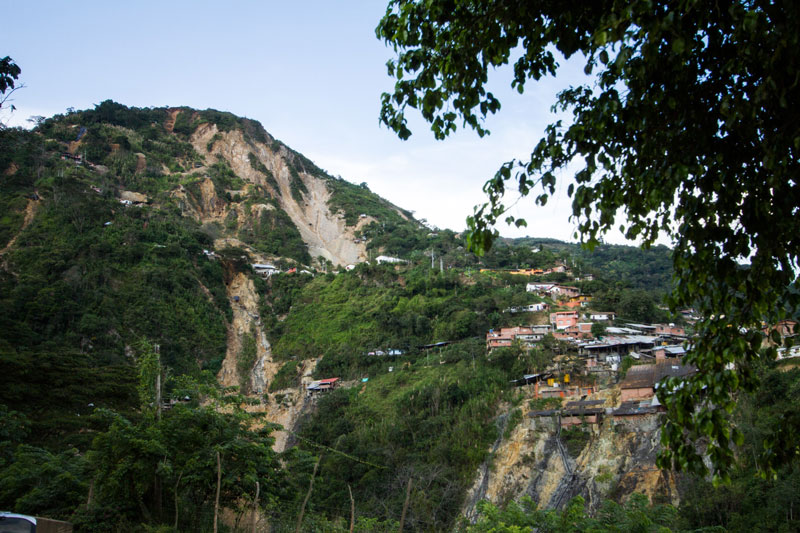
1635
Several engineers sent by the Spanish Crown, opened an incision in the Guatavita Lagoon, to drain it and access all the treasures beneath it.
1856
Made completely out of gold, the Siecha Boat was found on the shores of another sacred lagoon of the Muiscas. Years later, European engineers built a tunnel in order to drain this lagoon.
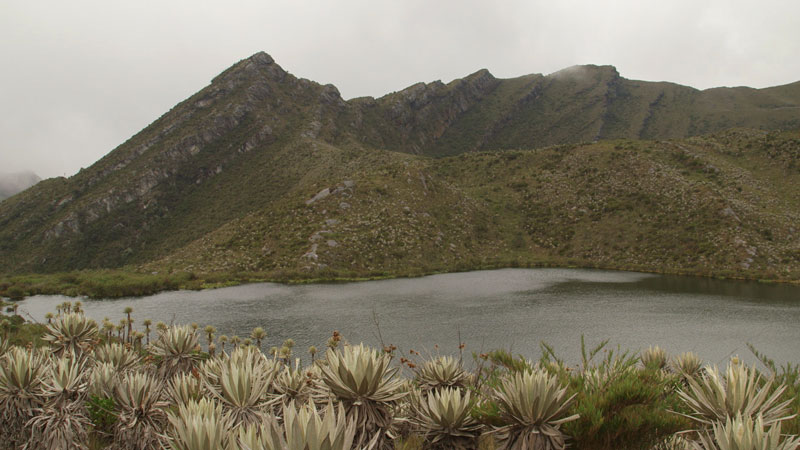
1934
The Bank of the Republic of Colombia started to protect thousands of pieces that were found by “guaqueros” (or people in search of indigenous gold) throughout the country. Today, they have more than 60,000 pieces of pre-Columbian gold.
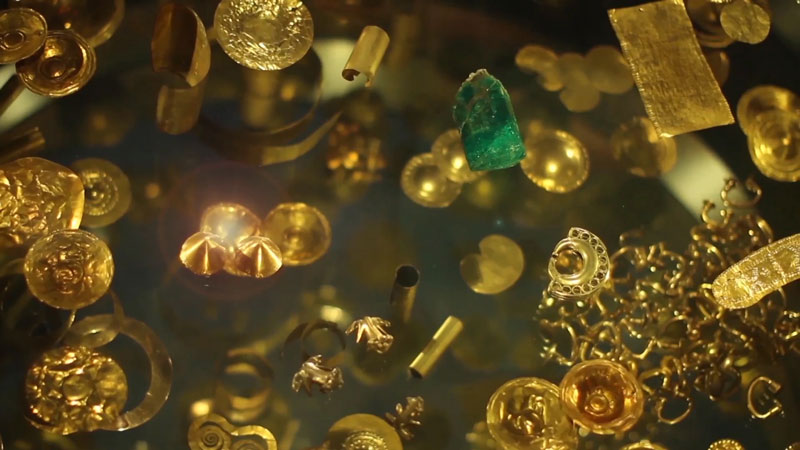
1939
Another golden boat was found in Pasca. With the previous one lost in a fire in Germany, the finding revives the legend of El Dorado in Colombia.
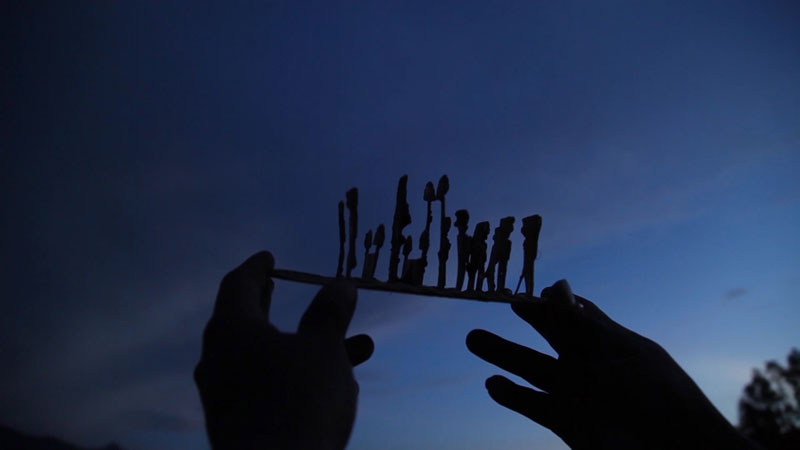
1980
The majority of gold mining in Colombia and Venezuela is practiced in a traditional way.
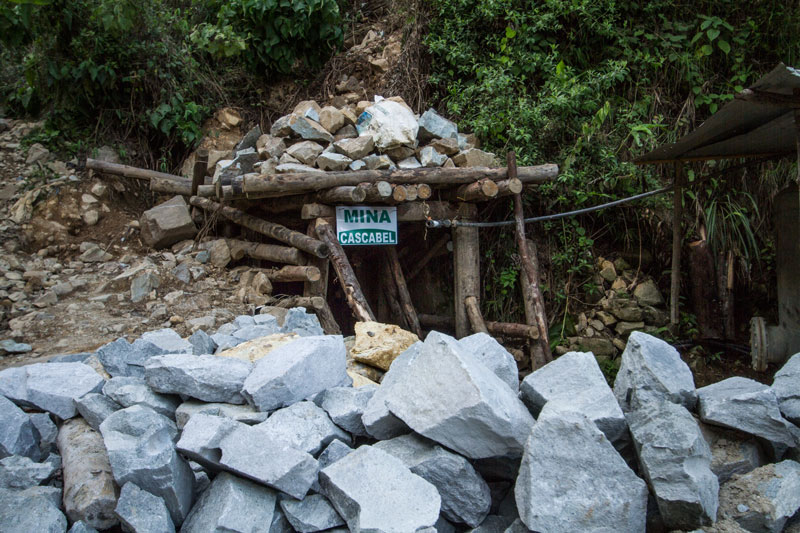
1988
Traditional mining in the State of Bolivar in Venezuela increased significantly.
1990
Rivers and ecosystems in the gold mining zones suffered from mercury contamination.
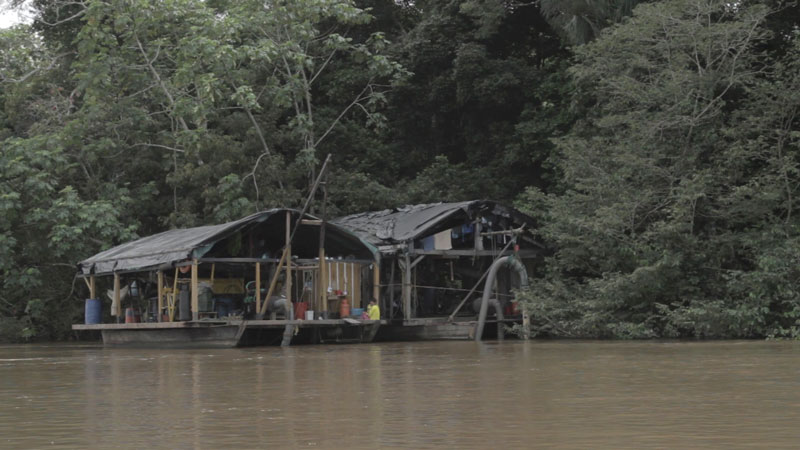
The Canadian companies Gold Reserve and Crystallex arrived and mined Las Cristinas and Las Brisas in Venezuela. It’s the first significant incursion of Canadian mining companies in the region.
1994
Tony Spatt came to Colombia and bought the rights to a mine in Santander.
1996
Informal mining in Venezuela rose, reaching 30 tons of gold per year.
1998
The California project started in Colombia. Norbert Reinhart, a Canadian mining technician was kidnapped for 94 days by a guerrilla of the FARC (The Revolutionary Armed Forces of Colombia).
1999
Grey Star, one of the first Canadian mining companies in Colombia, is in conflicts with the community.
2001
The Law 685 of 2001 was issued to regulate mining in Colombia. Certain sectors criticized the interference of big multinational companies on the legislation and the little protection for traditional miners.
2006
The project of La Bodega, in the region of Santander in Colombia, took off in the hands of Canadian investors. Within the investment program, the Government distributes more than 9,000 mining titles. Many of them to exploit gold.
2008
Greystar became Eco-Oro and concentrated its efforts to develop an open-pit mine in the Páramo of Santurbán.
2009
Continental Gold, a Canadian company with interests in Colombia, is listed on the TSX. Their flagship project in Buriticá experienced delays because of the public order situation.
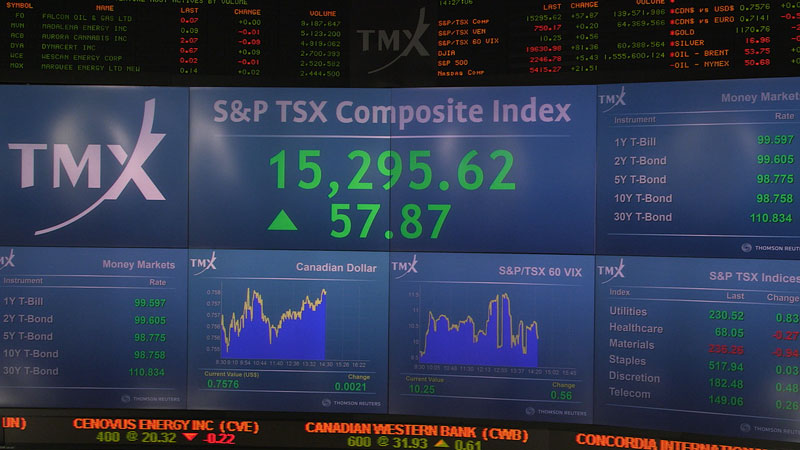
2011
Gran Colombia Gold, a Canadian Company listed on the TSX, merged with Medoro Resources and consolidated its operation in Marmato.
2013
Canadian citizen Gernot Wober was kidnapped by the National Liberation Army (ELN) in the south of Bolivar. After his release, his company Braeval Mining announced its departure from Colombia.
2015
Colombia banned mining in the Páramos. The civil society and many environmental groups asked the World Bank to withdraw the investment they made in the project in the Páramo of Santurbán.
2016
Eco-Oro threatened to sue the Colombian government because of the Santurbán project.
The resolution 40391 updated the Mining Code of Colombia.
Continental Gold was granted a license by the Colombian government to open the biggest mine of the country in Buriticá.
2017
The Colombian State rules were in favor of the traditional miners in Marmato. The Canadian Company Gran Colombia Gold filed a lawsuit of $700 million dollars.
The World Bank withdraws its investment in Santurbán.